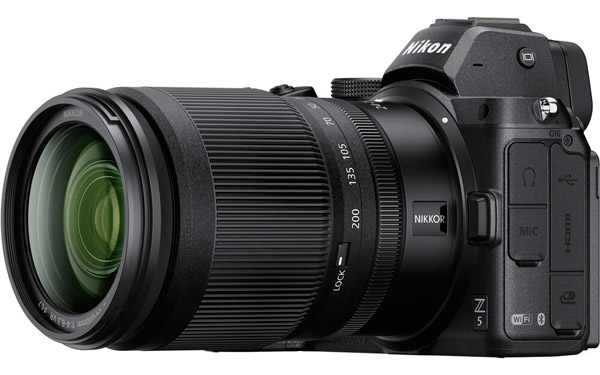Nikon announced the Z5, or as they call it the “Z 5”. At face value it’s a lower-end version of the Z6, but I don’t think that’s as clear cut as it appears. It’s about value to specific users and use cases. In my mind it’s a continuation of their D600 and D750 line in Z mount. A camera that has a lot of value for the price upon release.
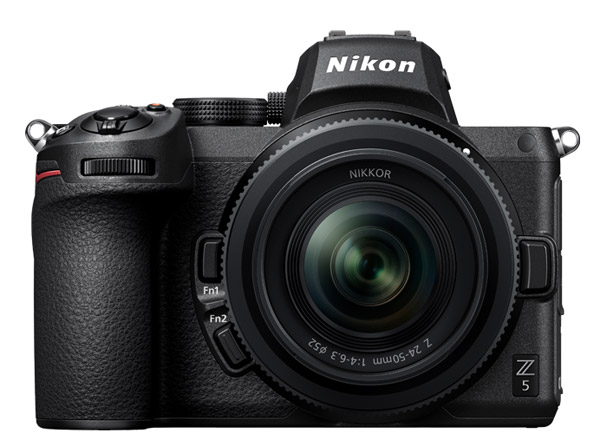
Get the Nikon Z5 through my links:
B&H: https://bhpho.to/39tFgdr
Amazon: https://amzn.to/32TdGFb
Best Buy: https://bestbuy.7tiv.net/PPovQ
Had they released it as the first Z mount camera, I might have stuck with Nikon gear. I was deeply into Nikon full-frame F-mount for a few years. At the end I had a D600 and a D750 with a few f/1.8 primes as the main kit.
When they announced the Z6 and Z7 I was scratching my head. Why would I get something that was missing features from my DSLRs? Back then being mirrorless wasn’t a motivation for the switch in itself. Not to mention their price hike on lenses sporting a f/1.8 aperture. Sure, they are high quality f/1.8 lenses, but it’s a mixed message compared to what Canon was doing with their lenses like the 28-70mm f/2. All it told me was that I should expect higher-end Z lenses to be even more expensive. It didn’t make financial sense. I ended up downgrading my kit to APS-C gear. I’m fine with the switch to lower cost Canon EF-M gear, but I think the Z5 could have gotten me into the Z system back then.
Important specifications of the Z5:
- 24 megapixel “front side illuminated” full-frame imaging sensor with 273 phase detect points. That’s older technology than the “back-side” ones, so expect similar performance compared to the Sony A7 II.
- 4.5 fps maximum for photography.
- 5-axis sensor shift (IBIS).
- Dual UHS-II SD card slots.
- 0.8x ~3.7 million pixel electronic viewfinder.
- Tilting 3.2″ ~1 million pixel LCD touch screen.
- 1/8000th maximum speed mechanical shutter. Silent electronic shutter mode is available.
- No top screen, but it has a mode dial with U1, U2, and U3 custom modes.
- Nearly the same size and general ergonomics of the Z6.
- Full sensor width 1080p video up to 60p with 4K 30p that has a 1.7x crop. It has microphone and headphone ports.
- Weather resistance.
- EN-EL15c battery that allows for in-camera charging and a ~15 to 20% increase in capacity over the older EL15 variants. It can use the older batteries as well.
- A quote about USB power: “The new USB power delivery option supplies power from a portable charger (Anker PowerCore+ 26800 PD 45W is recommended) while shooting to ensure continuous recording of video or time-lapse movies without worries.”
- Announced with a very compact 24-50mm f/4-6.3 kit lens.
Sure, The Z5 is not at sports camera with it topping out at 4.5 fps, but neither is the Z6 at 5.5 fps. I see that use case as more of a specialty than something like portrait or wedding photography.
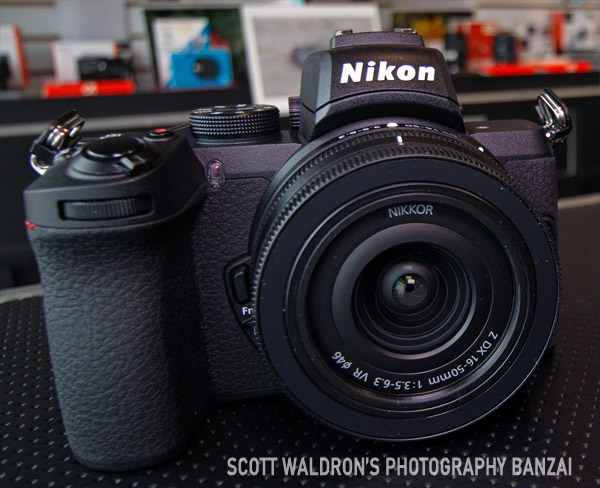
Besides the full-frame Z cameras, Nikon did release the Z50 APS-C camera. I’ve had hands-on time with it and consider the ergonomic layout a good fit for photographers, but I have issues with the purpose and goals of the camera as a tool in the Z-mount system.
The Z50 doesn’t have IBIS. There are two APS-C kit lenses with another slow kit zoom on the horizon. The Z lens system isn’t currently a great fit with lens focal lengths, prices, and many of those lenses lacking internal stabilization. To get a 50mm equivalent you are looking at $850 for the Z 35mm f1.8. You don’t get the primary benefits of the Z system with that camera. Adapting lenses is fine, but to get the true benefit of a system, native lenses are the way to go.
The Z5, on the other hand, offers all of the benefits of the Z system with a market entry price that’s more reasonable than the Z6 was at launch. Again, had they released this first…
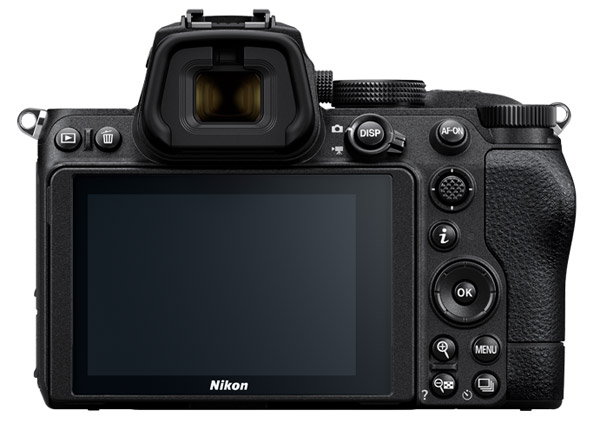
When analyzing cameras, I often apply my personal needs to gain context. In the case of the Z5 it is missing some features I’d have wanted such as:
- The back LCD screen doesn’t appear to have the ability to face toward the lens. It’s clearly not fully articulating. In some use cases the design the Z5 screen hinge is better than a side hinge, but for what I do I prefer the side hinge style.
- Video at 4K isn’t going to be every-day usable. You can certainly figure out use cases for 1.7x cropped 4K, but that will be a specialty thing.
- No true battery grip, but that’s the same for the Z6 and Z7. I don’t get what Nikon was thinking with that NB-10 that doesn’t have buttons, but I guess it’s better than nothing.
- No lock on the main mode dial.
- Ahhh… I can’t think of anything else.
This camera isn’t going to be a good option for people focused on video, but you likely will get serviceable 1080p and the cropped 4K that can be used in some circumstances. It’s no different than my Canon EOS M50 cameras in regard to video. I also think that full-frame camera video is still at the point that limitations in 4K are expected. Just look at the recording and heat limits on the Canon EOS R5 and R6 that aren’t officially on the market yet. It looks like there will be some cameras with limitations for another generation of cameras at least.
Had this camera been released at the time of the Z system launch, people still would have complained, but it was comparable to the Canon EOS R and more fitting for that first mirrorless generation. The entry price of $1400 would have given it a major pass when the EOS R that came out at $2300. DSLRs definitely had limitations of their own regarding video. It was a much more fitting time for that 4k crop.
Why do I think this is an important camera? What’s so great about it?
The Z5 is a collection of features and ergonomics that make it a really good photography camera. It cuts out extraneous features while having a robust ergonomic layout. I’m seeing this camera as a workhorse of the wedding industry and similar photography fields. At $1400 MSRP upon release that’s impressive for them. Sports is a no go, but that field requires a certain level of hardware power to handle high FPS photography.
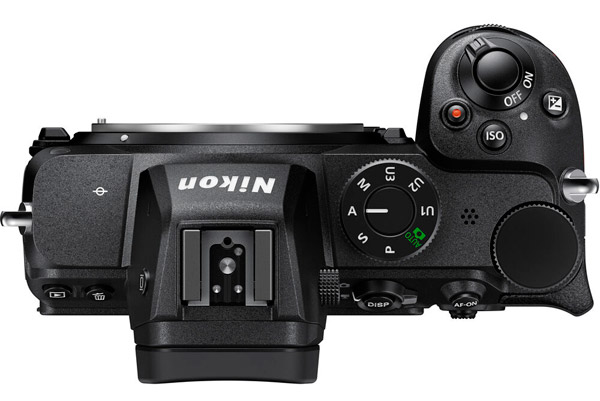
Why exactly is it good?
- Dual SD UHS-II card slots for backup and low cost. It should be fine with lower cost class 10 (v30) UHS-I cards with photography. But is capable of UHS-II if desired. This fits perfectly with photography work. In wedding photography it is good practice to change out cards after a season or sooner. It’s a cost effective setup for them. Having to change out pricey CFExpress/XQD cards every season would eat into profit a lot more than SD besides the lack of in-camera backup for the Z6 and Z7.
- 24 megapixel is the happy medium of resolution. If I had a favorite amount of pixels on a sensor this would be it.
- Photography specific features like 1/8000th of a second maximum shutter speed with a cable release port for tripod work. I haven’t dug into the firmware based features, but I’m assuming its good there too.
- A simplified control scheme compared to the Z6 due to no top LCD. You’ve got the photo/video switch and only what’s necessary on the top mode dial. I personally like this. PSAM+custom modes! I’m assuming that the custom modes are split for photo and video so that’s 6 total directly accessible through hardware controls.
- 3 custom modes (U1-U3) for setting up the camera for specific use cases like one for flash, one for action, and another for portraits… perfect! Sometimes expensive advanced cameras make it more difficult to access this feature, which I dislike. In this case adjust the mode dial and you are done.
- The focus selection joystick nub is the most consistent way of dealing with positional tasks. I like being able to use a section of the touch screen on my M50, but not having a joystick nub is a drawback sometimes. I’m glad they kept it in the camera.
- The only thing I see missing is a third dial, but that can be handled with Nikon’s usual control scheme of the ISO and Ev comp. buttons that work in combination with the two dials.
- As with other Z cameras, the EVF comes back a good amount so you can avoid touching the LCD screen with your nose (there is a sensor to disable LCD touch too).
I’ll leave final judgement about ergonomics for when I’m able to actually hold and use a Z5, but it looks good.
Overall I see the Z5 as the camera to get in the Z system right now unless you want it for video (Z6) or high resolution (Z7).
Maybe in the future I’ll talk about native Z lenses, which are still pretty sparse, but I’m liking the direction the Z5 takes the Z system!
Get the Nikon Z5 through my links:
B&H: https://bhpho.to/39tFgdr
Amazon: https://amzn.to/32TdGFb
Best Buy: https://bestbuy.7tiv.net/PPovQ

